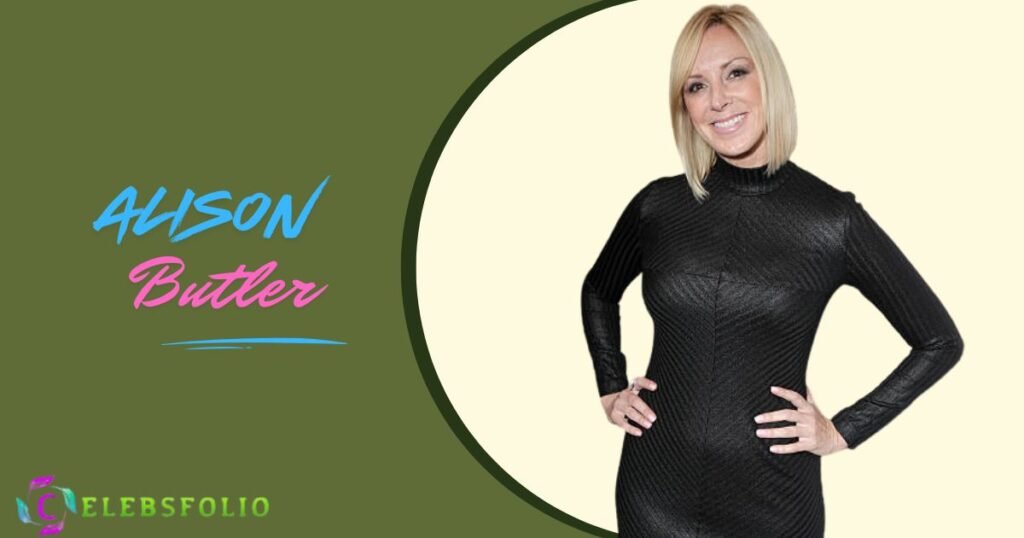Alison Butler is a distinguished American chemist and Professor of Chemistry and Biochemistry at the University of California, Santa Barbara (UCSB), renowned for her groundbreaking research in bioinorganic chemistry and metallobiochemistry. With a focus on the marine environment, her work has transformed our understanding of how metal ions—especially iron—interact with marine microbes, influencing global biochemical cycles and inspiring innovations in biomaterials.
Over the years, Professor Alison Butler has earned an international reputation for her studies on siderophores, metal-binding molecules that play a vital role in microbial iron uptake. Her pioneering contributions have earned her multiple prestigious honors, including election to the National Academy of Sciences (2022) and fellowships with the AAAS, ACS, and the Royal Society of Chemistry. Through her visionary research, Butler continues to bridge the worlds of chemistry, biology, and environmental science, leaving a lasting mark on modern chemical research.
Key Fact
| Key Fact | Details |
|---|---|
| Full Name | Alison Butler |
| Birth Date | November 19, 1954 |
| Birth Place | Chicago, Illinois, USA |
| Family Background | Raised in a scientifically oriented family; father was among first biology faculty at UCSD |
| Education | B.A. Chemistry, Reed College (1977); PhD Chemistry & Biochemistry, UC San Diego (1982) |
| Postdoctoral Training | UCLA and Caltech |
Early Life of Alison Butler
Alison Butler was born in Chicago, Illinois, United States, and spent her formative years in Silver Spring, Maryland, and La Jolla, California. From an early age, she showed a deep curiosity for science and the natural world, which later evolved into a lifelong passion for chemistry. Her early academic excellence and fascination with marine life would eventually guide her toward a career that bridges biochemistry and environmental science.
After completing high school, Alison Butler pursued her undergraduate studies at Reed College, where she earned her Bachelor of Arts in Chemistry in 1977. She later obtained her Ph.D. in Chemistry from the University of California, San Diego (UCSD) in 1982, specializing in bioinorganic chemistry. Her strong educational foundation and early research experiences laid the groundwork for a distinguished scientific career focused on understanding the complex roles of metals in marine biological systems.
Also About Read: susan-oliver
Full name/Real name:
Alison Butler
Birth date/Birth place:
Alison Butler was born on November 19, 1954, in Chicago, Illinois, USA.
Family background:
She grew up in a family with a strong scientific background, including a father who was one of the first biology faculty at the University of California, San Diego. More specific family details are not publicly available.
School/University:
- Bachelor of Arts in Chemistry from Reed College, graduated in 1977
- PhD in Chemistry and Biochemistry from the University of California, San Diego, earned in 1982 under the guidance of Robert G. Linck and Teddy G. Traylor
- Postdoctoral fellowships at UCLA (Joan S. Valentine’s lab) and Caltech (Harry B. Gray’s lab)
She has been a faculty member at the University of California, Santa Barbara since 1986 and is currently a Distinguished Professor in the Department of Chemistry and Biochemistry.
Career Journey of Alison Butler
Alison Butler began her remarkable scientific career with a focus on bioinorganic and metallobiochemistry, exploring how metal ions such as iron function in marine microbial systems. After completing postdoctoral fellowships at both UCLA and the California Institute of Technology (Caltech), she joined the University of California, Santa Barbara (UCSB) in 1986 as a faculty member. Her early research at UCSB marked the beginning of a pioneering journey into understanding how microorganisms acquire and utilize metals in the oceanic environment.

Her breakthrough research on siderophores — small, iron-binding molecules produced by marine microbes — revolutionized the field of marine bioinorganic chemistry. Butler’s work revealed how these compounds influence iron cycling, microbial competition, and even bio-inspired adhesion under water. During her peak research years, she also began integrating genomics and bioinformatics into her studies, expanding the scope of her discoveries. Over the decades, Professor Alison Butler has published extensively, led major scientific collaborations, and served as President of the Society for Biological Inorganic Chemistry (2012–2014), solidifying her place as one of the most influential figures in modern chemical research.
Physical Appearance of Alison Butler
Age:
Alison Butler was born on November 19, 1954, making her 70 years old as of 2025.
Height:
6-2 in
Weight:
62 Kg
Major Achievements of Alison Butler
Throughout her illustrious career, Professor Alison Butler has earned numerous honors recognizing her groundbreaking contributions to bioinorganic chemistry and marine biochemistry. She was elected to the National Academy of Sciences in 2022, one of the highest honors in American science, for her pioneering research on siderophores and metal interactions in marine microorganisms. Her innovative discoveries have not only advanced the understanding of microbial iron uptake but also inspired bio-inspired materials that mimic natural adhesion under wet conditions.
In recognition of her leadership and scientific excellence, Alison has received several prestigious awards. Including the American Chemical Society Alfred Bader Award (2018), the ACS Arthur C. Cope Scholar Award, and the Royal Society of Chemistry’s Inorganic Mechanisms Award. She is also a Fellow of the AAAS, ACS, American Academy of Arts and Sciences, and the Royal Society of Chemistry. Her achievements reflect a career dedicated to expanding the frontiers of chemistry while mentoring future generations of scientists.
Personal Life of Alison Butler
Family:
Alison Butler grew up in a family with a strong scientific background; her father was among the first biology faculty hired at the University of California, San Diego. Specific details about her immediate family or marital status are not publicly available.
Nationality:
She is American.
Religion:
Christian
Ethnicity:
Caucasian
Marital status/Relationship:
married since 1998
Net worth:
$750K-30M
Social media presence:
Alison Butler maintains a professional online presence through university and academic platforms but does not have prominent personal social media accounts on platforms such as Twitter, Instagram, or Facebook.
| Platform | Account/Handle | Description | Followers/Notes |
|---|---|---|---|
| @alisonbutlernl | Personal account with 2.7K+ followers | 2.7K+ followers, 840 posts | |
| Alison Butler | Professional academic profile at UCSB | Active academic and career info | |
| No verified personal account for professor Alison Butler found | UCSB official pages mention her | No personal account identified | |
| Twitter/X | No verified personal account found for Alison Butler the professor | UCSB accounts present | No personal verified account |
Interesting Facts About Alison Butler
- Alison Butler earned her Ph.D. in Chemistry from the University of California, San Diego (UCSD) in 1982.
- She joined the University of California, Santa Barbara (UCSB) faculty in 1986 and has been a cornerstone of its Chemistry Department ever since.
- Her groundbreaking studies on marine siderophores helped uncover how microorganisms manage iron acquisition in ocean environments.
- She served as President of the Society for Biological Inorganic Chemistry from 2012 to 2014.
- In 2022, she was elected to the National Academy of Sciences, one of the highest distinctions for American scientists.
Conclusion of Alison Butler
Alison Butler stands as a leading figure in modern bioinorganic chemistry, celebrated for her pioneering research into metal ion biology and marine microbial chemistry. Her dedication to exploring the role of iron and other transition metals in ocean ecosystems has redefined how scientists understand the relationship between metals and life. Through her innovative studies on siderophores, she has not only expanded the boundaries of chemical biology but also inspired the development of bio-inspired materials that mimic natural adhesion in wet environments.
With a distinguished career at the University of California, Santa Barbara, Professor Alison continues to influence global science through her research, mentorship, and leadership. Her election to the National Academy of Sciences and recognition by multiple international organizations underscore her status as one of the most respected scientists in her field. As her work continues to shape the future of marine bioinorganic chemistry. Alison Butler’s legacy remains one of discovery, innovation, and inspiration for generations of chemists to come.
FAQs A bout Alison Butler
1. Who is Alison Butler?
Alison Butler is a renowned American chemist and Distinguished Professor at the University of California, Santa Barbara. Known for her groundbreaking work in bioinorganic and marine chemistry.
2. What is Alison Butler best known for?
She is best known for her research on siderophores—molecules that help marine microbes acquire iron from seawater.
3. What awards has Alison Butler received?
She has received numerous honors, including the ACS Alfred Bader Award (2018) and membership in the National Academy of Sciences (2022).
4. Where did Alison Butler study?
Butler earned her B.A. from Reed College in 1977 and her Ph.D. in Chemistry from the University of California, San Diego in 1982.
5. What is Alison Butler’s research focus?
Her research centers on bioinorganic chemistry, exploring metal ion functions in marine organisms and developing bio-inspired materials based on her discoveries.


